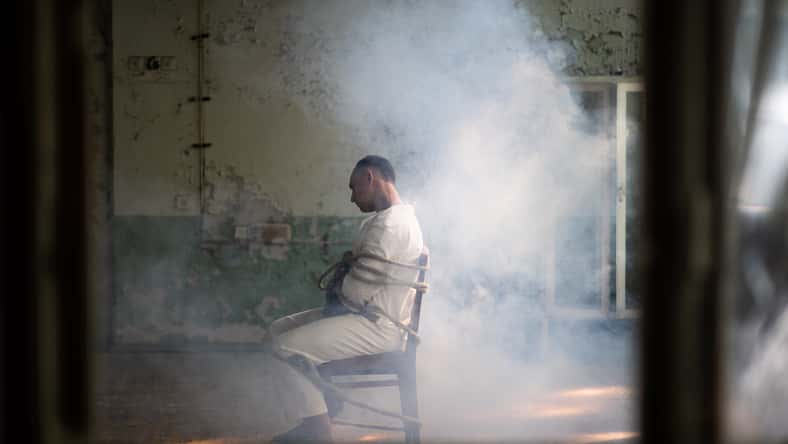
In 19th-century London, finding a decent place to live was challenging. The city was growing quickly, giving way to severe overcrowding, especially in more impoverished areas. Yet, as the population soared, an even bigger issue emerged: where to bury the dead.
Graveyards were filling up at a rapid rate, leading to unsanitary conditions, health concerns, public outrage, and disturbing spectacles that undermined traditional burial practices.
Corpses were crammed on top of each other. When a new internment was needed, bodies were dug up to create more room.
The remains were left lying around, so cemeteries became sources of disease. The crisis called for an urgent solution to preserve the dignity and health of Londoners.
For several centuries, the issue of how to dispose of London’s dead had been a concern since the days of the Great Plague and the Great Fire of London.
However, it only began to be taken seriously when the city’s population boomed with alarming speed as a result of the Industrial Revolution and Britain’s rising power. By 1860, there were more than three million people living in London.
Some innovators proposed ideas involving new burial grounds outside the city or special internment techniques, but the most ambitious and bizarre concept of all was from the architect Thomas Wilson.
He envisioned the “Metropolitan Sepulchre,” a colossal pyramidal structure that could house millions of bodies and become one of London’s most iconic landmarks. In Wilson’s eyes, this was a sufficient answer to the burial crisis.
The idea was never implemented, but it still sparks a great deal of interest and curiosity today. Wilson put forth his plan in the early 1830s.

Sign up for Chip Chick’s newsletter and get stories like this delivered to your inbox.
The giant pyramid would be made of brick with a granite facade. It would have a base that covered 18 acres and reach a height of 94 stories.
It was to be constructed on top of Primrose Hill in North London. Primrose Hill had already been suggested as a potential burial ground because of its open space, so Wilson’s plan drew a lot of attention.
The pyramid would contain individual vaults that fit an estimated five million deceased Londoners. On the ground floor, four roads arranged in a cross shape led to 15 corridors.
Vaults lined the corridors, and they each had space for 24 bodies. Ramps would provide funeral parties with easy access.
The pattern continued on every floor. As the pyramid rose, there would be fewer corridors at each level. In addition, the pyramid would include a full staff, offices, and a chapel.
For Wilson, the pyramid was not just a place to bury the dead—it would also be a monument that served as an architectural wonder.
Another reason the Metropolitan Sepulchre was so appealing was because of public interest in ancient Egypt. People were intrigued by the civilization and its beliefs about the afterlife. Many Egyptian-inspired structures were built in British cities.
Wilson even calculated the profits that would come with the pyramid. At 40,000 burials per year, it would rake in £10 million.
In the end, authorities decided to go with a more traditional route for burying the dead and created garden cemeteries instead.












